Table of Contents
RV Converter vs. Battery Charger: What’s the Difference?
Do you know the difference between an RV converter and a battery charger? If not, don’t worry – you’re not alone! A lot of people don’t know the difference, or aren’t sure which one they need for their RV. In this article, we will discuss the differences between converters and chargers, as well as provide some tips.
The Basics of RV Power Supply
RV power has two basic varieties: 120-volt AC (alternating current) and 12-volt DC (direct current). The RV has a converter that transforms 120V AC into 12V DC to run the lights, water pump, and other low voltage appliances.
However, many RVs also have a charger.
A converter takes 120V AC power from shore power or a generator and converts it to 12V DC to charge the batteries and run low-voltage appliances. A battery charger does the same thing but also includes a mechanism to equalize the batteries periodically.
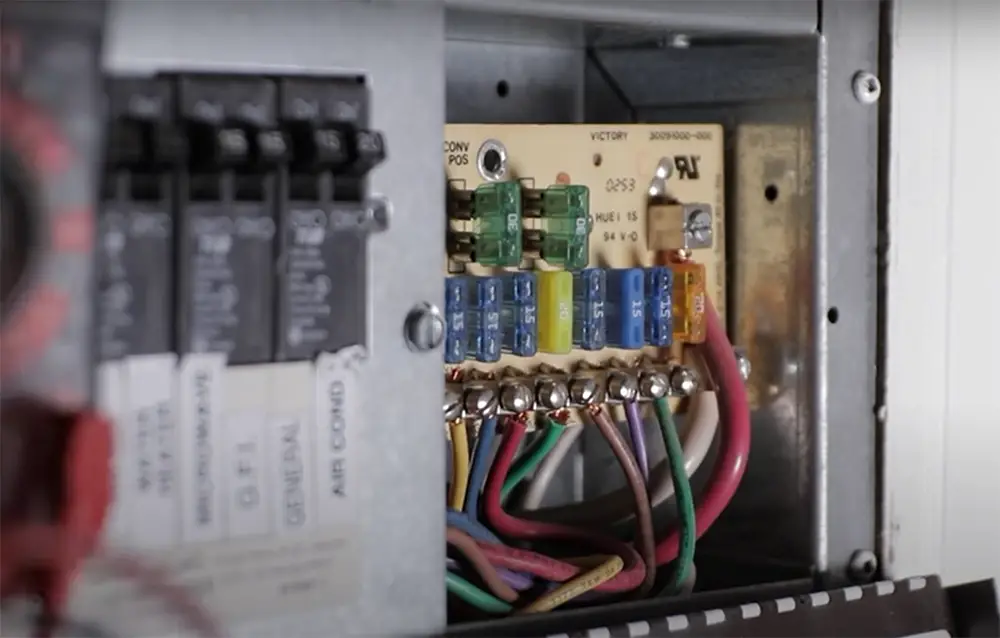
Equalization is the process of charging the batteries to a higher voltage for a period of time to break down sulfates that build up on the battery plates. This equalization process can only be done with a charger.
Most RVs come with a converter/charger combo unit. However, if you have an older RV, it may just have a converter. In this situation, you’ll need to buy a separate battery charger. [1]
If you’re dry camping or boondocking without hookups, your RV batteries are your only source of power. In this case, it’s important to have a good quality converter/charger combo unit to keep your batteries charged and healthy.
There are two principle types of converter/charger combo units: modified sine wave and pure sine wave.
Pure sine wave converters are more expensive but provide clean power that won’t damage sensitive electronics. If you have any concerns about your RV’s electrical system, it’s worth upgrading to a pure sine wave converter/charger combo unit.
What is an RV Converter?
An RV converter is a device that changes 120V AC power into 12V DC power. This DC power is then used to charge the batteries and run any 12V appliances in your RV.
RV converters come in a variety of sizes, but the most common are 50-, 75-, and 100-amp units. The size you need will depend on the number of batteries you have and the amount of 12V appliances you plan to use simultaneously.
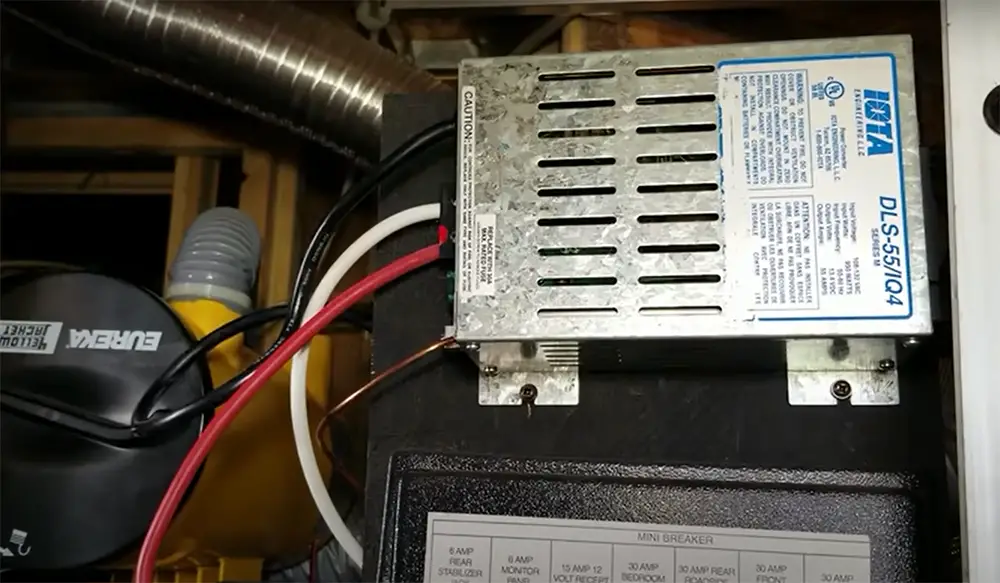
If you only plan to use a few 12-volt lights and maybe an RV television, then a 50-amp converter should be plenty. However, if you want to run the RV AC, water heater, and other major appliances at the same time, then you’ll need a 75- or 100-amp converter.
Most RVs come with a factory-installed converter, but you can also purchase aftermarket units. Aftermarket converters are often more efficient than factory models.
What is a camper converter and how does it work?
A camper converter transforms 120V AC from shore power or a generator into 12V DC. The DC is then used to charge the RV battery and run any 12-volt lights or appliances.
Most RVs have a built-in converter, but you can also buy standalone converters that are usually more powerful. If your RV doesn’t have a converter, or if you want to upgrade to a more powerful one, there are a few things to consider.
The first is amperage. Your RV’s converter needs to be able to handle the amount of current draw from all the 12V devices in your RV. If it can’t, the converter will overheat and shut down.
The second is size. Converters come in different sizes, so you’ll need to ensure you get one that will fit in your RV.
The third is price. More expensive converters usually have more features, such as built-in chargers and surge protection.
Types of RV converters
There are two types of RV converters- those with or without a built-in charger. If your converter is without a built-in charger, you will need to purchase a separate charger. Most RVs come equipped with a converter/charger combo unit.
The main difference between them is that the former converts AC into DC, while the latter only charges the batteries. Converters can be used to power any 12V DC devices in your RV, whereas chargers can only be used to charge batteries.
If you’re not sure whether your RV has a converter or not, take a look at the electrical panel. In most cases, the converter will be labeled “Converter” or “Charger/Converter”.
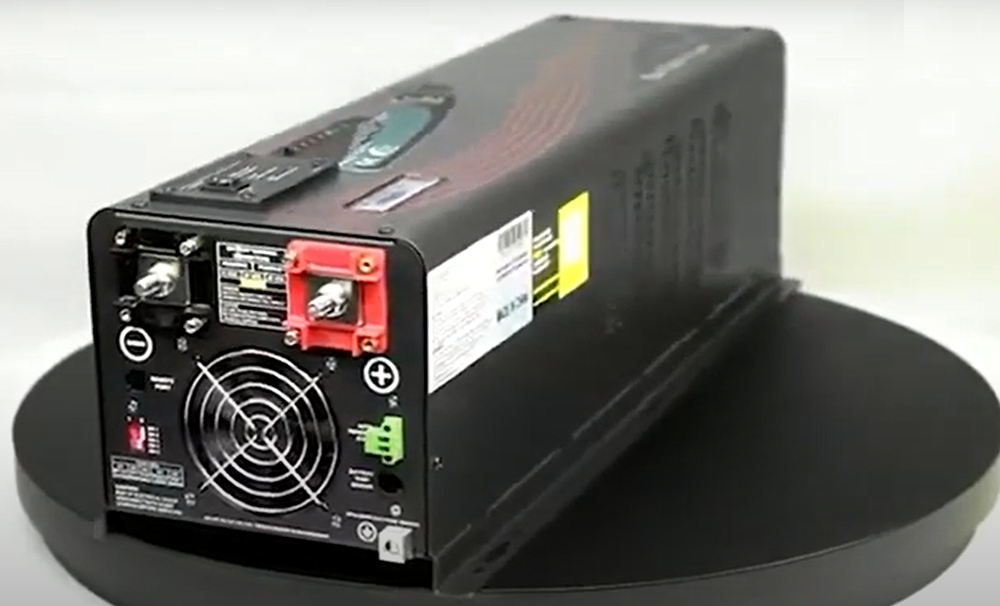
If your RV doesn’t have a built-in charger, you can purchase one separately. There are two types of battery chargers- automatic and manual. Automatic chargers will turn on and off as needed, while manual chargers require you to flip a switch to start charging.
Most RVs come equipped with an automatic battery charger. These are typically more expensive than manual chargers, but they’re also much more convenient. If your RV has a manual charger, you’ll need to remember to turn it on and off as needed.
When choosing a battery charger for your RV, be sure to select one that is specifically designed for RVs.
Another feature to look for is a “reverse polarity protection”. This protects your RV from damage if the batteries are ever accidentally connected backwards. Without this feature, a simple mistake could cause a fire or other serious damage.
Multi-stage
Most battery chargers on the market today are multi-stage chargers. This means that they can charge your batteries in multiple stages, which is much safer and more efficient than a single-stage charger.
A single-stage charger will simply turn on and start pumping power into the batteries until they’re full. This can lead to problems if the batteries are not able to handle the sudden influx of power.
Multi-stage chargers, on the other hand, slowly ramp up the power over time. This prevents damage to the batteries and allows them to accept a full charge without issue.
High output
If you plan on using your RV’s electrical system for high-demand appliances, you’ll need a high output charger. These chargers provide more power than standard chargers, which is necessary for running items like air conditioners and microwaves.
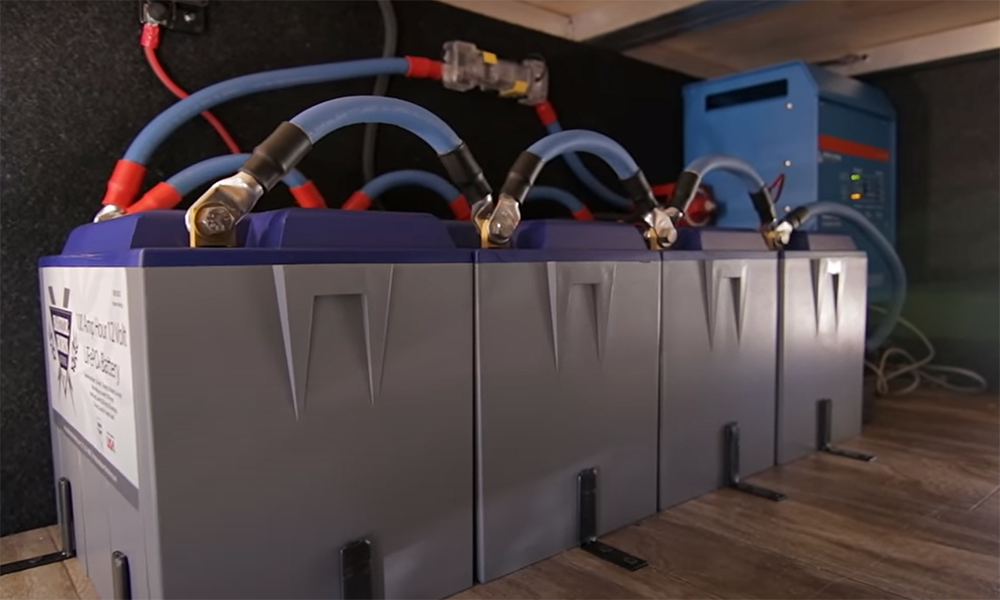
Be sure to select a charger that can handle the amount of power you need. If you try to use a standard charger for high-demand appliances, it will likely overheat and shut down. This could damage both the charger and your RV’s electrical system.
When shopping for a high output charger, be sure to pay attention to the “peak amps” rating. This is the maximum amount of power that the charger can provide.
Deck mount
Some RVs come with a deck mount charger. This type of charger is permanently mounted to the RV, typically in the storage area.
If your RV doesn’t have a deck mount charger, you can purchase one separately and install it yourself. Deck mount chargers are generally more expensive than standard chargers, but they’re also much more convenient.
With a deck mount charger, you won’t have to worry about connecting and disconnecting the charger every time you use your RV. Simply plug the RV into shore power and the charger will do its job.
Distribution panel
Your RV’s distribution panel is where you’ll connect your battery charger. The distribution panel is typically located near the batteries, so it’s easy to access. [2]
If you don’t have a distribution panel, you can purchase one separately and install it yourself. Be sure to select a panel that is specifically designed for RVs. Many panels on the market today are not suitable for use in RVs because they lack certain features that are necessary for safe operation.
What is an RV Battery Charger?
An RV battery charger is a device that charges the batteries in your recreational vehicle. It is connected to the electrical system of your RV and uses shore power or a generator to charge the batteries. There are two types of RV battery chargers: converter-based chargers and stand-alone chargers.
Converter-based chargers are more common in RVs because they are cheaper and easier to install. They work by converting AC (alternating current) into DC (direct current), which is what your RV batteries need to be charged. Stand-alone chargers, on the other hand, do not require an converter since they already have one built-in. This makes them more expensive but also means that they can charge your batteries faster.
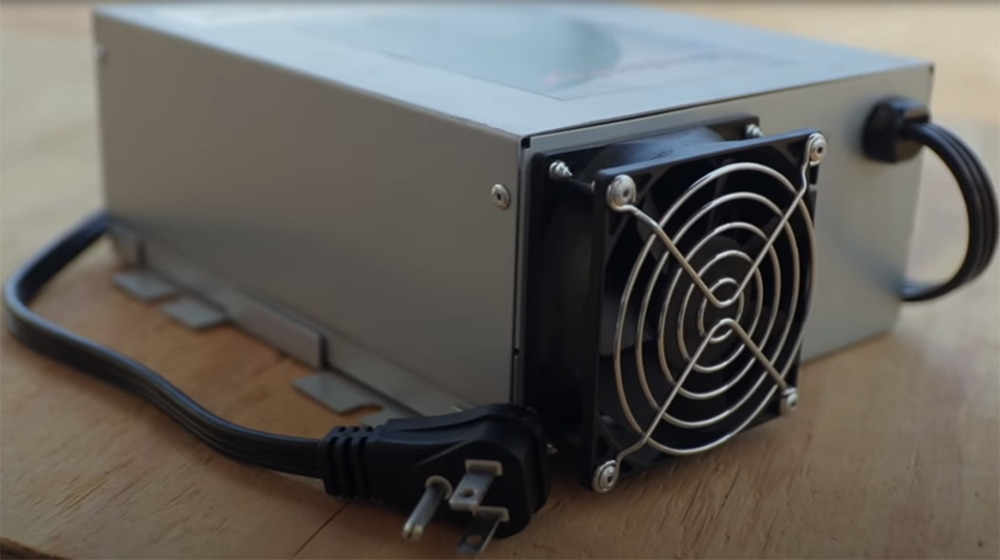
Types of RV battery chargers
There are several types of battery chargers on the market, each with their own advantages and disadvantages.
Converter charger
A converter charger is a type of charger that plugs into the RV’s AC power and uses it to charge the batteries. Converter chargers are typically more expensive than other types of chargers, but they offer a few advantages.
First, converter chargers can charge the batteries much faster than other types of chargers. Second, converter chargers can provide a steady stream of power to the RV’s electrical system, which can be helpful if you plan on using lots of electricity-hungry appliances while dry camping.
However, one downside of converter chargers is that they can put a strain on your RV’s electrical system if you try to use too many appliances while they’re charging the batteries. Another downside is that they’re not very efficient, so you may want to consider a different type of charger if you’re concerned about saving energy.
Here are a few things to keep in mind if you’re considering a converter charger:
- Make sure the converter charger is compatible with your RV’s electrical system.
- Be cautious of using too many appliances while the converter charger is plugged in, as this can put a strain on your RV’s electrical system.
- Converter chargers are not very efficient, so you may want to consider a different type of charger if you’re concerned about saving energy.
Inverter charger
An inverter charger is a device that can both convert DC power to AC, like a standard RV converter, and also charge your RV batteries. Inverter chargers are more expensive than a standard converter or battery charger, but they offer the convenience of being able to do both functions in one unit.
If you have an inverter charger in your RV, you’ll still need to have separate batteries for your engine start battery and deep cycle batteries for your house loads. Your engine start battery will be used to start the engine and run any DC equipment like the water pump or furnace blower motor. Your deep cycle batteries will be used for any AC loads like lights and appliances.
Another advantage of having an inverter charger is that you can use it as a backup power source in case of a power outage. If the power goes out at your campsite, you can still run your AC appliances and lights by powering them with your inverter charger.
The biggest disadvantage of having an inverter charger is the initial cost. They are more expensive than a standard RV converter.
Solar-powered
If you’re looking for an eco-friendly option, a solar-powered charger may be the way to go. These chargers use the sun’s energy to power your RV’s batteries, so you don’t have to worry. Solar chargers are also relatively easy to install and can be used in conjunction with other charging methods. However, they can be more expensive than other options and may not work as well in cloudy or shady conditions. [3]
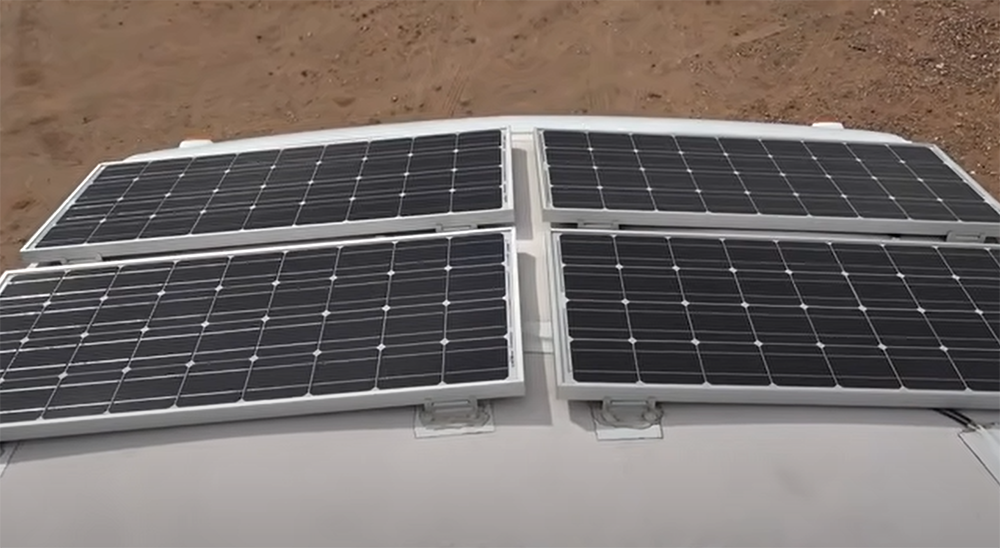
So, What’s the Difference Between an RV Converter vs. Battery Charger?
There are a few key differences between an RV converter and a battery charger. First, an RV converter takes the 120-volt AC power from your shore line or generator and converts it to 12V DC power. This is the power that actually runs all of your lights and appliances in your RV. A battery charger, on the other hand, does not convert AC to DC power. Instead, it charges your batteries when they are low on power.
Second, an RV converter always has a built-in circuit breaker whereas a battery charger does not. The circuit breaker is important because it protects your wiring in case of a short circuit or overload.
Finally, most RVs come with two different types of converters: a “standard” converter and a “smart” or “automatic” converter. Standard converters are always on, which means that they are constantly converting AC to DC power, even when your RV is not plugged into shore power or running off of your generator. This can put a strain on your electrical system and shorten the life of your batteries. Smart converters, on the other hand, only convert AC to DC power when necessary, which means they will only turn on when you need them.
RV Converter vs RV Inverter
The main difference between a converter and an inverter is that a converter changes 120V AC into 12V DC, while an inverter changes 12V DC into 120V AC.
RV converters are typically used to power the lights, fans, and other low-wattage devices in your RV. They are not meant to run high-wattage items like air conditioners or microwaves.
On the other hand, inverters are designed to handle those types of loads. Inverters are also great for charging laptops, phones, and other electronics that need a standard 120-volt AC outlet to function.
Another key difference between converters and inverters is that converters are always on, while inverters can be turned on and off as needed. This is why it’s important to have both a converter and an inverter in your RV. [4]
The converter will take care of the low wattage items that need to be powered all the time, while the inverter can be used for those high wattage items that only need to be powered occasionally.
Knowing the Difference Between Your RV Inverter and Converter
RV inverters and converters are two different types of devices that serve different purposes in your RV electrical system. It’s important to know the difference between the two so that you can properly maintain your RV electrical system.
RV inverters convert DC power from your batteries into AC power that can be used to run appliances and electronics in your RV. Converters, on the other hand, take AC power from a shore power hookup or generator and convert it into DC power to charge your batteries.
Here are a few tips to help you remember the difference:
- If you want to use shore power or a generator to run appliances and electronics in your RV, you’ll need an inverter.
- If you want to charge batteries, you’ll need a converter.
- Converters are typically located near the batteries, while inverters are usually mounted somewhere else in the RV.
How to Know if an RV Battery Charger or Converter is Bad?
There are a few telltale signs that the converter or charger might be going bad. If you notice any of the following, it’s time to replace it:
- Your RV batteries aren’t holding a charge.
- Your RV lights are dimming or flickering.
- Your RV appliances aren’t working as well as they used to.
- You hear strange noises coming from your converter or charger. [5]
FAQ
Is a converter the same as a battery charger?
No, a converter is not the same as a battery charger. A converter changes AC into DC power, while a battery charger does the opposite by changing DC into AC power.
Is an inverter charger the same as a converter?
No. An inverter converts DC into AC power, a converter does the opposite.
Inverter chargers are mostly used in off-grid or boondocking situations where you’re running solely on battery power. [6]
What does the converter charger do in a camper?
The converter charger in a camper serves two purposes. It converts AC from a generator to the DC that runs the lights, water pump, and other RV appliances. And it charges the batteries when they are low.
Most RVs have one converter/charger. Larger RVs may have two: one for the engine battery and one for the deep cycle batteries.
The location of the house battery(s) will vary depending on the RV’s design but is usually under a bed or in a storage compartment.
If you have a generator, it will also have a charger to keep the engine battery charged.
Do I need an inverter charger for my RV?
The short answer is, it depends. If you plan on boondocking or dry camping often, then an inverter charger will be a lifesaver. However, if you primarily camp with hookups and only occasionally need to recharge batteries, then a standard charger will suffice.
Useful Video: What’s an RV Converter Charger
Conclusion
Converters and battery chargers are two different things. RV converters take AC power and convert it to DC power, while battery chargers are used to recharge batteries. Both are essential for any RV, but they serve different purposes. Make sure you know the difference between them so that you can properly maintain the RV electrical system. Thanks for reading!
References:
- https://rvservices.koa.com/rvinformation/rvmaintenance/basic-rv-electricity.asp
- https://www.jeffsetter.com/what-does-an-rv-converter-do/
- https://rvshare.com/blog/basic-rv-battery-charger-options/
- https://mowgli-adventures.com/rv-converter-vs-inverter/
- https://www.cruiseamerica.com/rv-adventures/rv-lifestyle/how-do-you-know-if-your-rv-converter-is-bad
- https://www.colonialrv.com/blog/differences-converters-inverters/

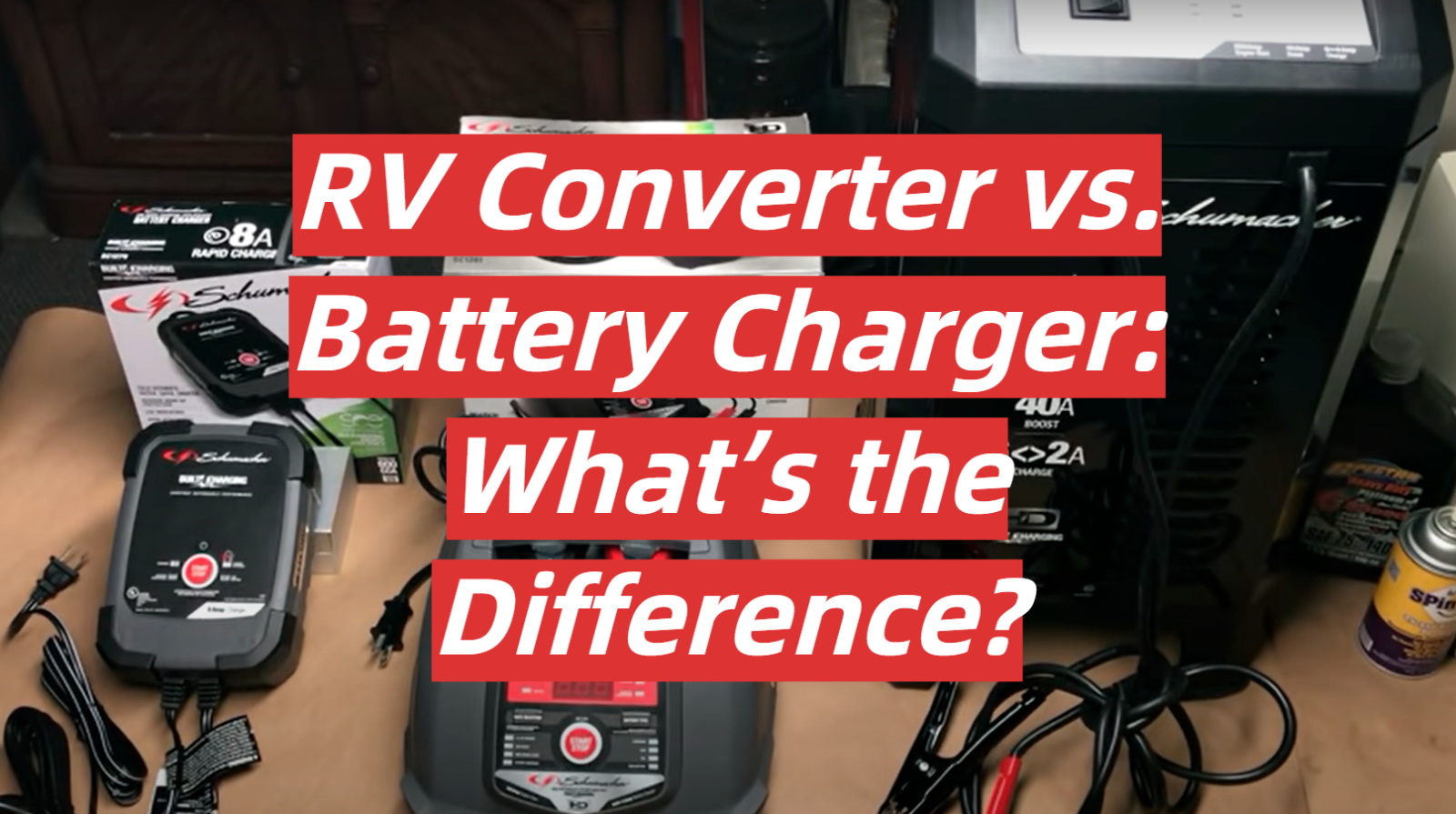
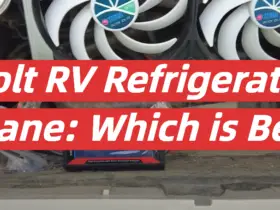
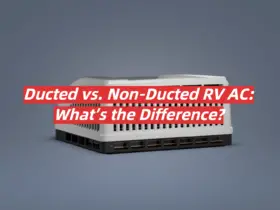
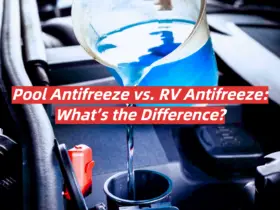
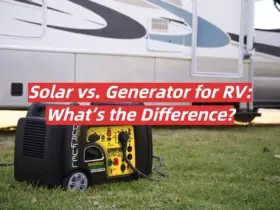
Leave a Reply